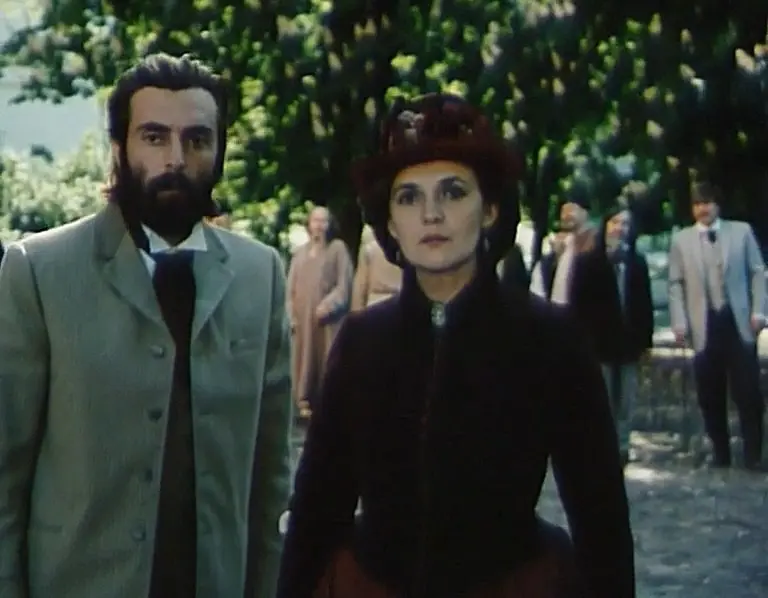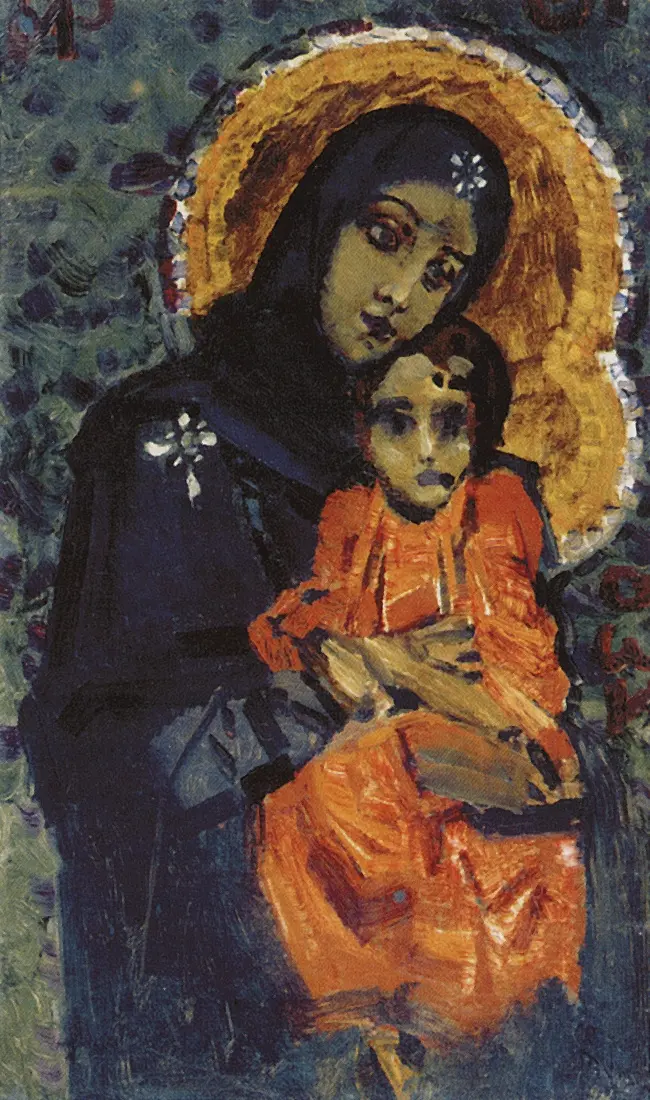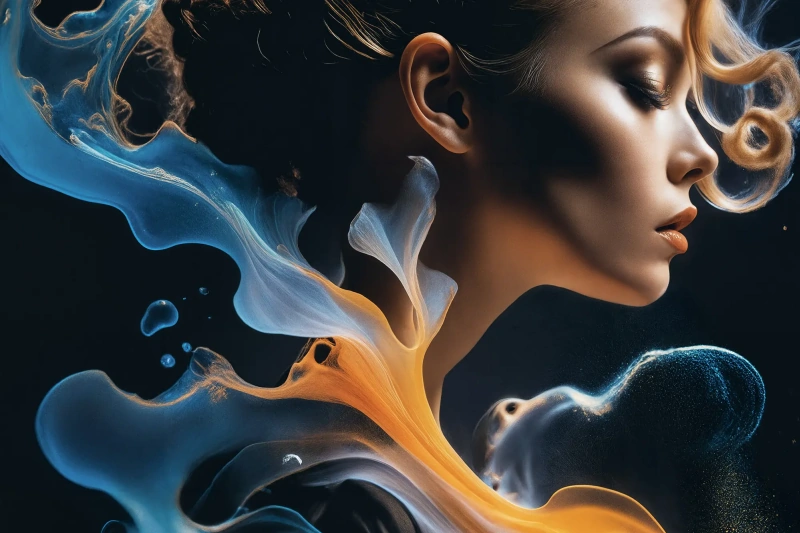Filmed in 1989 in Kyiv at the O. Dovzhenko Film Studio, the movie is based on a script which was co-authored with Sergei Parajanov. It is the only film about the artist. The movie does not retell the biography of Vrubel, but it allows you to get better acquainted with the Kyiv period of his work.

Mikhail Vrubel was an artist with a dramatic creative biography. He was an unusual person, somewhat eccentric, which, perhaps, was due to his mental illness. Vrubel had a special style, a special vision of the world, he left behind him neither a formalized method, nor students who could inherit it. Many books are devoted to the person with such a biography. However, he was unlucky to be a cinema hero. The only feature film dedicated to him is Etudes on Vrubel, 1989.
The film focuses on the Kyiv period of Vrubel’s creative biography. This period is considered very important, since for the first time the artist was able to bring a monumental plan to life. For five years, he made a huge amount of work: he made an independent painting in the Church of St. Cyril, created icons for it, figure drawings for the restoration work. Adrian Prakhov, who organized the painting of the St. Volodymyr Cathedral, planned to involve Mikhail Vrubel in it. However, later the artist’s independent works for this temple were rejected, as their style would violate the integrity of the entire artistic ensemble.
The film focuses on the Kyiv period of Vrubel’s creative biography. This period is considered very important, since for the first time the artist was able to bring a monumental plan to life. For five years, he made a huge amount of work: he made an independent painting in the Church of St. Cyril, created icons for it, figure drawings for the restoration work. Adrian Prakhov, who organized the painting of the St. Volodymyr Cathedral, planned to involve Mikhail Vrubel in it. However, later the artist’s independent works for this temple were rejected, as their style would violate the integrity of the entire artistic ensemble.

A still from the Etudes on Vrubel movie
Unfamiliar with the artist’s biography, the viewers would feel it difficult to watch Etudes on Vrubel without this brief reference. The director Leonid Osyka, who created the script for the film in collaboration with Sergei Parajanov, did not dwell on details. The film seems to catch some episodes from the artist’s Kyiv life, which are known to us from the descriptions of his contemporaries. Much remains behind the scenes.
Certainly, the film focuses on Vrubel’s relationship with the Prakhov family, however rather cursorily. It is known that in the image of the Mother of God for the Church of St. Cyril, the artist depicted Emiliya Prakhova, with whom he was in love. According to rumours, he even proposed her marriage; moreover, he came with this proposition not to herself, but to her husband, Adrian Prakhov. There was no scandal, they tactfully tried to explain to the artist the awkward position he put everyone. However, according to the memoirs of his contemporaries, Adrian Prakhov was "definitely afraid" of the artist’s persistence and fierce tenacity. This is not shown in the film, only Vrubel’s thoughts remained that the woman he loved did not understand him.
The role of Mikhail Vrubel was played by Edisher Giorgobiani, who became famous after his role as an artist in Repentance. Olga Gobzeva acted as Emiliya Prakhova, Anatoli Romashin as Adrian Prakhov. Therefore, it is worth watching the movie for the sake of the actors. It also attracts with the atmosphere of the old Kyiv, with interesting inserts: for example, a documentary shooting of the celebration of the Ruthenia baptism millennium opens the film. However, the film is unlikely to help you better understand Vrubel’s art.
Besides, the film has another significant flaw. It was shot after the beginning of the disorganization period in the Soviet cinema. There was no government commission for this film, and the additional funding was very difficult to raise in those days, although the director tried to save the situation — he even gave an interview on local television to collect private donations. Unfortunately, the lack of funds affected both the exterior shooting and the ability to recreate all the details of a bygone era.
By the way, Vrubel’s real works are not shown in the film, but magnificent watercolour
copies were made for the picture. And they might have made a strong impression on the screen, but the film quality left much to be desired in the late 1980s…
As a result, the film makes an ambiguous impression. It could have become a large-scale canvas, but it remains a modest sketch .
As a result, the film makes an ambiguous impression. It could have become a large-scale canvas, but it remains a modest sketch .
















